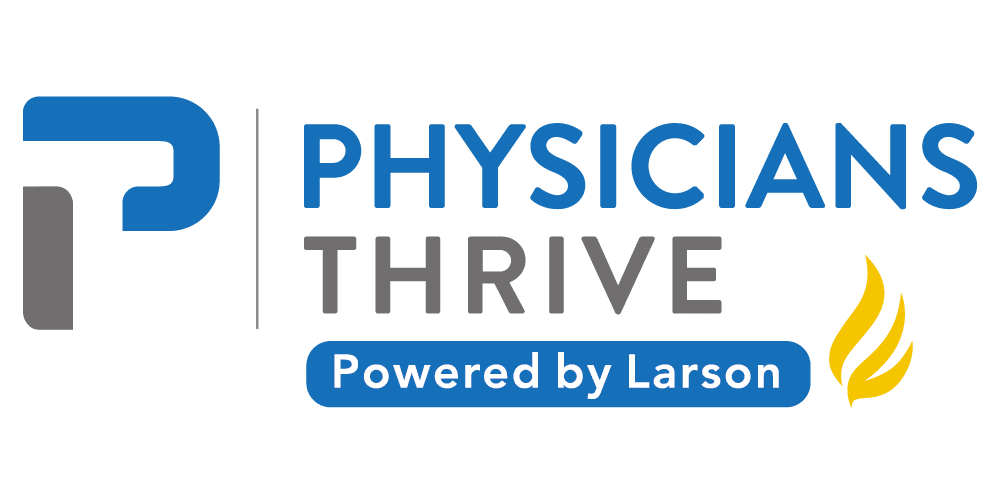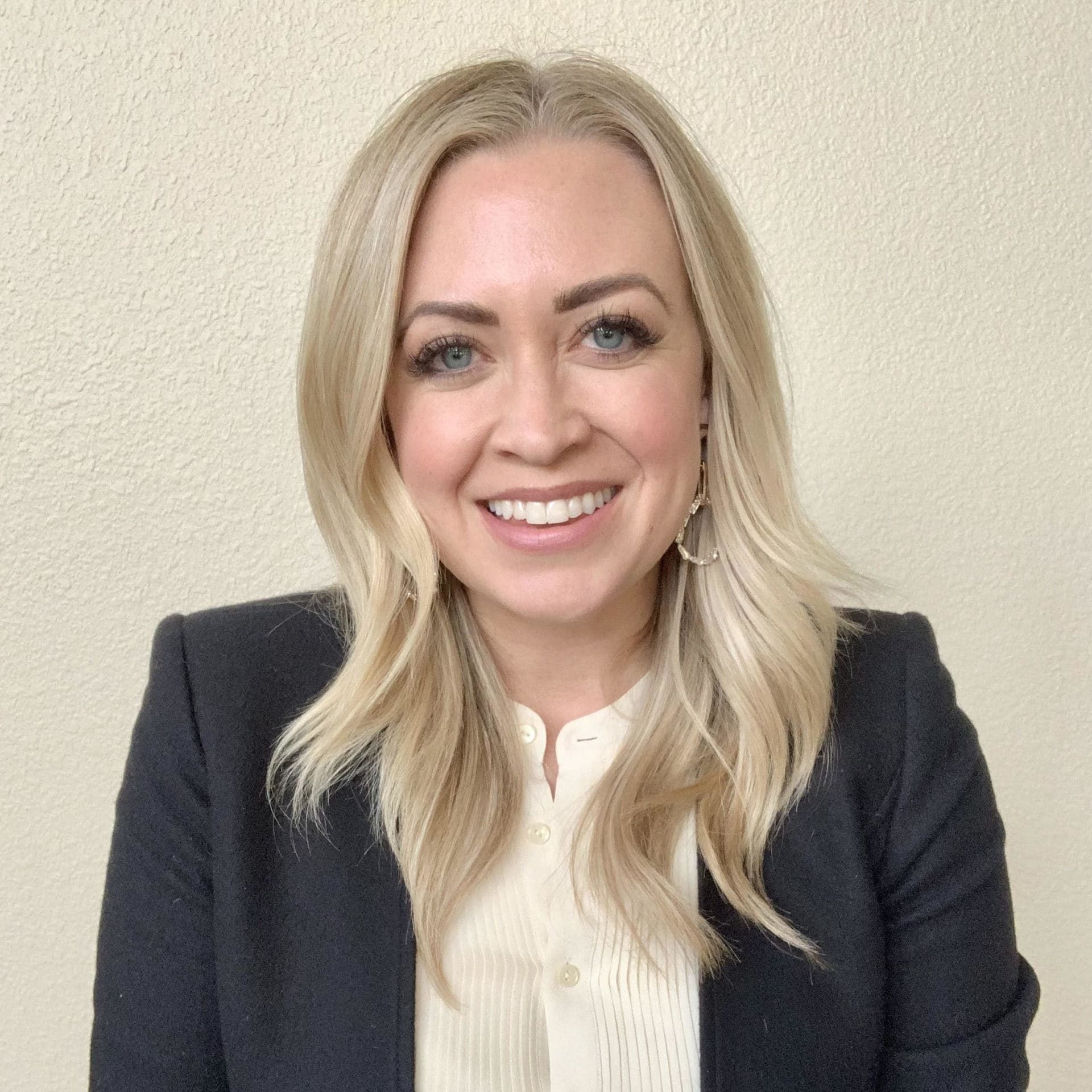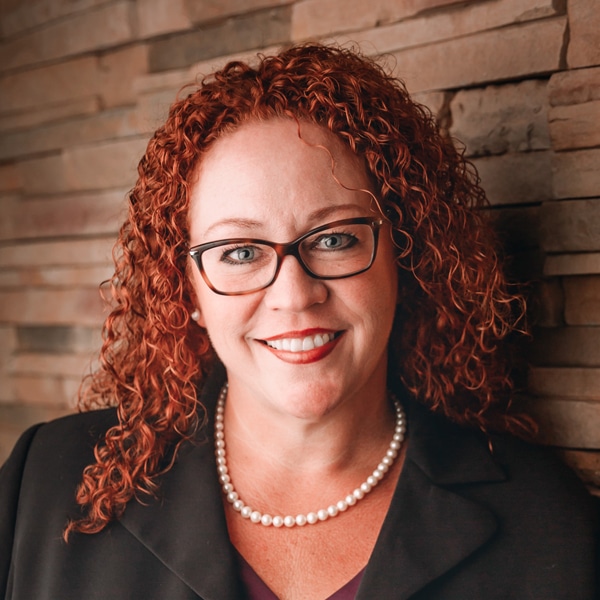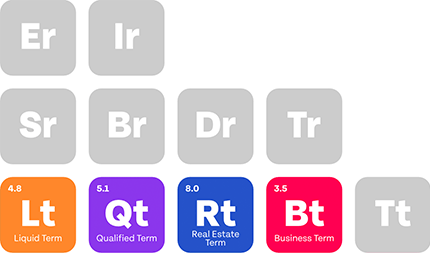Key Takeaways
- Joining hospital-affiliated practice provides access to extensive patient base and resources.
- Affiliation reduces financial risk compared to independent practice ownership or management.
- Working within hospital structures limits personal autonomy over key business decisions.
- Balance larger patient exposure and financial security against reduced decision-making control.
Owning your own practice means making decisions for patients without outside interference.
It also means setting your own schedule, controlling your own workload, and providing care without rushing to appointments.
At your own medical practice, you can also build deep, authentic relationships with your patients instead of running a high-volume operation.
But starting a practice can be difficult if you don’t know what to focus on. Let’s break down the process in this article.
Table of Contents
1. Define Your Goals
A private practice is a business like any other.
You need to know what type of business you’re going to run before you build a plan for it.
So, the first step is to figure out which type of medical practice you want. Here are your choices:
- Solo . You get complete independence but a higher workload and startup costs. The good aspect is that you control patient care, workflow, and all business decisions.
- Group . If you work with colleagues on surgeries and medical care, you open a group practice. This way, you’ll share both responsibilities and the financial burden. The downside is that you may have to split assets in case of future issues.
- Hospital-affiliated practice . This gives you access to a larger patient base, hospital resources, and lower financial risk, but you won’t get to make all the business decisions.
- Federally Qualified Health Center (FQHC) . If you have the funding and want to open a practice for an underserved population, choose an FQHC. This makes you eligible to get federal funding, but you’ll need to meet strict regulations.
Once you’ve selected your private medical practice type, define your scope of services.
Are you going to offer primary or specialty care?
Will you provide ancillary services like diagnostic imaging, lab tests, or telehealth?
This requires expensive equipment.
Your decision should be based on your market demand.
If you live in an area with a shortage of pediatricians, you could offer all primary pediatric services.
But if people are looking for an infectious disease pediatrician and you have that qualification, it may be better to offer that expertise only.
This means you’ll need to assess your practice area’s demographics, look at competitors (because these will affect the success of your business plan and loan approval), and build a referral network to get patients coming in.
2. Create a Business Plan
Once you’ve chosen the type of practice you want to open, your service scope, and the market demand for your services, put down everything in a business plan.
This will show your financial viability to lenders and investors and should at least cover your practice’s revenue, operating costs, and cash flow over the next three to five years.
You’ll need to provide figures for:
- Projected revenue (expected patient volume, insurance reimbursements, self-pay income, ancillary services revenue, etc.)
- Operational costs (lease/rent, renovation costs, salaries, benefits, training for staff)
- Medical and office equipment (exam tables, diagnostic tools, EHR/EMR systems, computers, telehealth platforms, furniture, etc.)
- Insurance (medical malpractice insurance, general liability, worker’s compensation, property insurance, cybersecurity, etc.)
- Technology and software (electronic health records, medical billing systems, cybersecurity tools, practice management systems, etc.)
- Debt and loan requirements (monthly obligations for business loans, equipment financing, or lines of credit)
- Marketing and advertising (website development, branding, search engine optimization, licensing fees, etc.)
You’ll need anywhere from $100,000 to $500,000 to start your medical practice.
This will cover leasing, equipment, and initial staffing.
3. Get Funding
Medical practices are expensive to set up, but that doesn’t mean you need to invest all your savings.
Loans and lines of credit will help you start. Here are the options available to you:
- Physician loans . While you can’t usually use these loans for practice set-ups, certain banks do have loan schemes for doctors. These usually have low interest, no down payments, and better terms compared to conventional loans.
- Traditional loans . These loans have higher interest rates, as well as credit score and down payment requirements. You need to have some money saved up to apply for them.
- Small business administration (SBA) loans . These are government-backed loans like the SBA 7(a) or SBA 504 that come with moderate interest rates but longer repayment terms. This makes them great for physicians who don’t qualify for traditional loans.
- Private investors . If you don’t want to go for a loan and have a financial partner willing to invest in your practice, you could go that route. Keep in mind that your “say” in decision-making will be reduced.
To make sure you have a good chance of getting your loan application approved, always apply to multiple banks (at least five to ten).
This will help you get several offers with different terms, rates, and repayment options, which will help you choose the best.
Aside from that, even with a startup loan, cash flow can be unpredictable in the first few months of starting your practice.
Insurance reimbursements can also take 60 to 90 days, so you’re likely to have financial struggles.
Getting a $100,000+ line of credit for the first few months can help you cover your operating costs and any unforeseen expenses.
It’ll also act as your rainy day budget and help you out of unforeseen expenses.
You can also take money out as needed, repay it, and then take out more.
This way, your debt won’t build up and cause financial strain later.
4. Find the Right Practice Location
The next step is to find a location for your medical practice.
This site should be near your patients, easily accessible, and meet all regulatory requirements.
You also need to think about zoning laws and safety regulations.
Some areas restrict the types of businesses that can operate in certain buildings or districts. Always double-check before you sign.
Your site should also comply with Americans with Disabilities Act guidelines, fire safety codes, and state health department regulations.
HIPAA will also require your practice to take the utmost care to keep patient data safe.
This means safe medical records storage, soundproofing to protect patient confidentiality and private consulting rooms.
If you find a place that meets all these requirements, you need to figure out whether you’ll rent or purchase.
Buying a property gives you peace of mind that you’ll control everything, but it’s incredibly expensive.
Renting, in contrast, has lower upfront costs, and you can relocate easily.
But you’ll need to negotiate hard to make sure you get the best deal.
Also, if the office space you’re renting isn’t move-in ready, you need to know exactly who is responsible for build-out costs—you or your landlord.
You can’t afford surprises on a tight budget.
5. Register Your Practice
Once you’ve put your name on a place, you need to register your business as a legal entity.
Your choice will affect how you’re taxed, who is responsible for debts, and how your practice is structured.
Here are your options:
- Limited liability company (LLC). An LLC helps you get protection from lawsuits (you won’t be sued; your company will) and helps with taxation.
- S-Corp . An S-Corp helps you avoid double taxation because it passes income directly to any shareholders while giving you (the owner) protection.
- C-Corp . If you have a large practice, a C-Corporation will help you have unlimited shareholders, but your income will be subject to corporate taxes.
- Partnership . You could go with this option if you’re looking to partner with another physician. Just know that your partners will be personally liable for all business debts.
You should talk to a healthcare attorney and accountant to figure out what type of legal entity will work best for your practice.
6. Get Licensed
Aside from your medical license, you need certain types of ID numbers to operate a medical practice. This includes:
- Employer identification number (EIN) . You need an EIN to hire employees, open a business bank account, and file taxes.
- State tax ID . If your state requires income tax withholding, sales tax collection (for medical products or services), and other business-related taxes, you may need this.
- National provider identifier (NPI) . You’ll need this 10-digit identifier to submit insurance claims.
You’ll also need to get a CLIA certification (if you’re going to perform lab testing in-house), become HIPAA compliant (for patient data privacy and security), and follow OSHA rules (to maintain workplace safety).
Depending on your location, you may need to get a general business license, fire safety certificates, and local permits.
It’s also a good idea to apply for Medicare/Medicaid provider numbers.
7. Purchase Equipment and Systems
You need to purchase medical equipment and practice management software to run a practice.
Here are the systems you’ll need:
- Electronic health records system . You need this to store patient information, manage prescriptions, and provide information to other healthcare providers like hospitals, labs, and specialists.
- Patient management software (PMS) . This will handle your appointment scheduling, patient registration and intake, insurance verification, and bills and claims.
- Secure servers and cloud-based storage . This will protect patient data from cyber attackers.
- Network security system . This includes firewalls, antivirus software, and multi-factor authentication to prevent cyber threats.
- Billing software . This should come with automated claims processing, ICD-10 and CPT coding compliance, and payment processing capability.
The equipment you’ll need will depend on your specialty, but you’ll most likely require exam tables and diagnostic tools, lab equipment (if you’re performing in-house tests), medical supplies, computers, medical-grade refrigerators, and printers.
8. Set Up Practice Policies
Medical practices are subject to multiple federal and state regulations, so you’ll need to develop an employee handbook that covers the following:
- Workplace policies
- Patient confidentiality rules
- HIPAA compliance requirements
- Time-off policies
- Workplace conduct expectations before hiring people
You should also set up training programs on HIPAA compliance, OSHA safety, medical ethics, and cybersecurity in healthcare to keep your patient data safe and stay compliant with regulations as a practice.
Regular audits will also help you manage compliance and avoid penalties.
They include routine internal audits that focus on HIPAA compliance and third-party audits to find areas for improvement.
9. Hire Human Resources
Before you hire your people, you need to define exactly what they’ll do.
This means creating job descriptions for physicians (defined by specialty, scheduling, and patient load), nurses and medical assistants, office managers, billing specialists, front desk staff, and maintenance people.
Once you’ve done that, figure out the salary structure for each role.
This should include benefits, retirement plans, paid time off (PTO), health insurance, disability insurance, and continuing medical education (CME) reimbursements.
You can now put out job listings on LinkedIn and other hiring platforms to find staff for your practice.
Just make sure to verify the licenses and certifications of any medical staff you hire.
10. Market Your Medical Practice
While you may already have patients where you currently practice, you will have to attract more to run your newly opened medical practice.
This means you need to set up a website, get a professional logo, and have an active social media presence to get the word out there about you.
You may also have to invest in search engine optimization so your practice appears when people search for healthcare providers in your area.
Paid advertising on Google, Facebook, and Instagram will also help you build a patient base.
But it can be expensive, and may not be worth it when you’re just starting.
Start a Medical Practice With Help From Experts at Physicians Thrive
We know medical schools don’t teach the business side of healthcare.
It can be daunting when you’re spending hundreds of thousands of dollars on a medical practice that may not be as successful as you want it to be.
This is where we come in.
At Physicians Thrive, we understand that setting up a medical practice can be difficult when you’re just out of residency.
You have to create a business plan that works, convince banks of the probable financial success of your vision, and then turn your practice into a success.
It’s a lot to take on. That’s why our experts take this burden off your shoulders.
We listen to your vision, create a business plan that works, help you secure loans that you can afford, and set up your practice so that it will generate a profit.
Ready to learn more about how we can help you provide care to your patients on your own terms?
Give us a call today to ensure your private practice’s success!







































